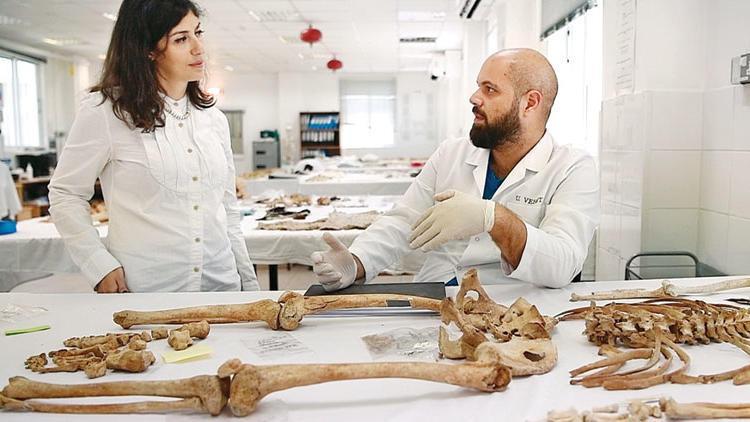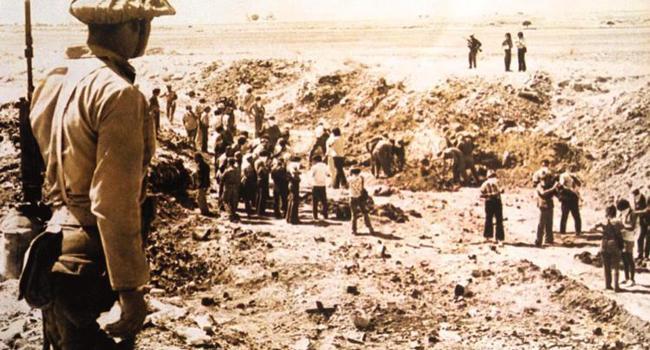How a fig tree helped to identify a slain Turkish Cypriot: In search of missing persons in divided Cyprus
Zeynep Bilgehan

This is the story of a slain Turkish Cypriot man who helped his family find his body with a fig seed in his stomach that grew into a tree.
The Committee on Missing Persons in Cyprus (CMP) has been searching for 2,002 people who disappeared on the divided Mediterranean island between 1963 and 1974.
The CMP has identified and returned the remains of 890 people to date.
The CMP was launched in 1981 by an agreement between the Greek Cypriot and Turkish Cypriot communities under the auspices of the United Nations. The committee was tasked with the mission of preparing a list of missing persons and learning the fate of those people.
One of those missing persons was a United States citizen. Since the U.S. government wanted to know the fate of the U.S. citizen, the committee shifted its focus to identifying and returning the remains of the missing people to their families.
Blood samples were collected from relatives who also gave information regarding the clothing they were wearing at the time of their disappearance.
Bodies of 890 missing persons have been found and returned to their families over the past 12 years.

A miracle
“We went to the villages and asked the locals about possible locations where the missing persons may have been buried. We also try to identify the people who last saw the missing person in question,” said Sıla Murat, who is part of the CMP.
Finding missing persons has become increasingly difficult by the day because witnesses die and the landscape changes, according to Murat.
A total of 1,222 excavations have been carried out in the island so far and remains have been found in 26 percent of those excavations.
“We used to live in a village with a population of 4,000, half Greek, half Turkish. In 1974, disturbances began. My brother Ahmet joined the Turkish Resistance Organization (TMT). On June 10, they took him away,” said Münür Hergüner, 87, telling his story in Güzelyurt.
“For years, we searched for my brother in vain. In 2011, one researcher spotted a fig tree, which usually does not grow in that location as it is a mountainous area, so we became curious. When they dug, they found three bodies under the tree. They looked for houses with this particular fig tree around them. They collected blood samples when they learned my brother had gone missing. And they found him.” Hergüner said.
“They killed him with dynamite in a cave in the mountain. The fig remnants in my brother’s stomach grew into a tree as the sun crept into the cave through the hole punctured by the explosion. They found my brother thanks to that fig tree,” he said.
10 Turks ordered to be killed for each Greek during Cyprus violence: Report


















